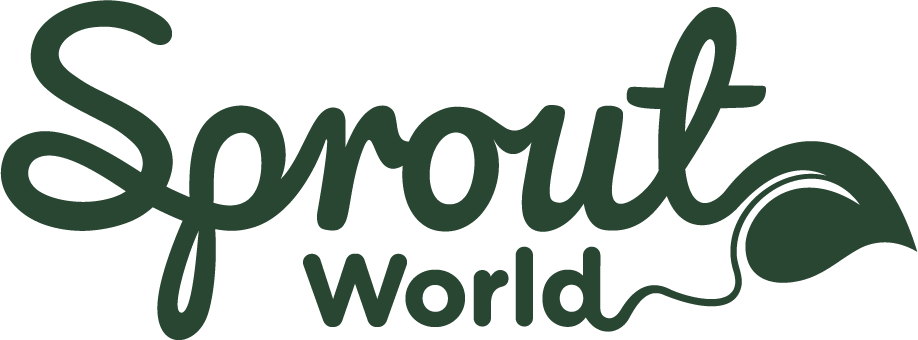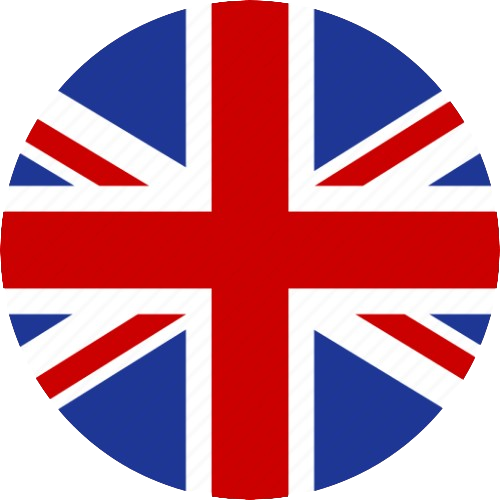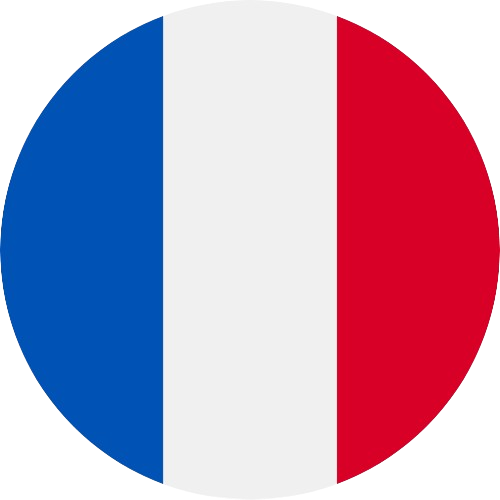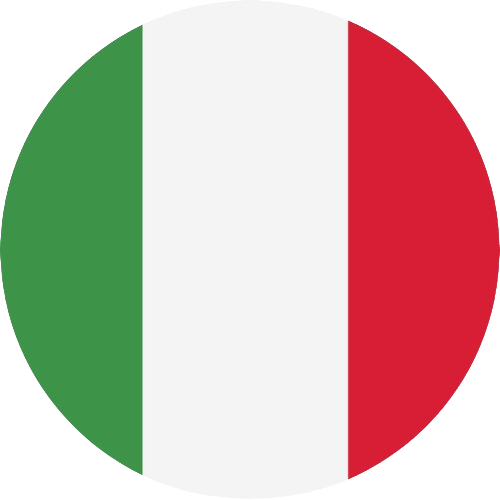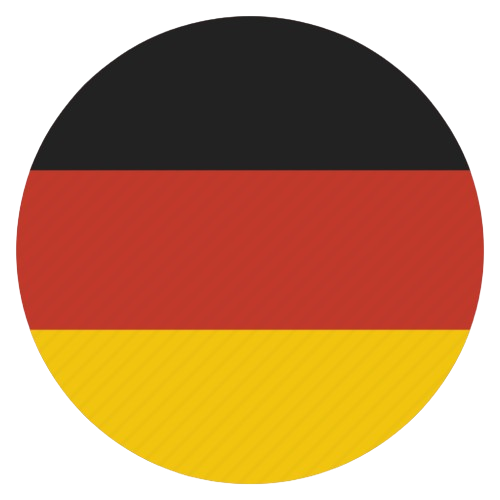Es befinden sich keine Produkte im Warenkorb.

Supply chain transparency
Sidsel Lundtang Rasmussen, Sprout’s Chief Sustainability Officer, explains how Sprout approaches transparency and traceability with the use of blockchain technology.
When we talk about transparency related to sustainability, what do we mean?
For Sprout, being transparent is about:
- How our products are made and distributed, and importantly what happens after our products have been used
- Showing our CO2 footprint in that process and throughout the total supply chain
- Our sustainability claims
- Showing how we live up to those sustainability claims – and how we can prove it with documentation
Achieving full transparency and traceability in business isn’t easy, but we’re using technology to document it throughout our supply chain. This ensures our products are actually sourced in line with their sustainability claims (e.g., FSC, PEFC or other contracts).
What kind of data is Sprout open and transparent about?
We share information and data on everything that goes into making Sprout pencils and makeup liners, including contracts, certifications, where the raw materials used originate from and the CO2 impact created through the production and distribution of Sprout products. Most importantly, our message focuses on what consumers can do with the remaining pencil stump and highlighting the benefits that are driven from reusing items instead of throwing them in the trash and buying new ones. All Sprout products are designed with a second life.
What are some of the biggest problems regarding transparency and trust?
It takes time and it’s not an easy task to gather all the necessary data. You have to get all your vendors and partners on board with it, and their partners to, if it’s relevant to your supply chain. Also, you need to make sure that the information you’re sharing isn’t compromising the business. For example, if you’re a small company with not much leverage and you share who your supplier is, a competitor could choose to place a large order with your supplier and potentially meaning they’re not able to fulfil your order. Something like this is what you need to be aware of.
How will your customers be able to see your data in a trustworthy and easy way?
At Sprout, we use blockchain technology to show the process we use to make our products.
What is blockchain?
For a long time, there has been a need for a tool that can verify the green claims that companies make. Blockchain is that tool. It gives people both inside and outside of an organization a guarantee that the information and data they’re looking at is correct and trustworthy.
At its core, blockchain is a distributed digital ledger that stores data. While any conventional database can store information, blockchain is unique in that it’s totally decentralized. Rather than being maintained in one location by a centralized administrator (like an Excel spreadsheet or a bank database) with blockchain, multiple identical copies of the database held on separate computers that are spread out across a network. Data in a blockchain can’t be changed or deleted. Therefore, companies can show total transparency and authenticity through its blockchain.
Blockchain is a better, safer way to record activity and keep data fresh, while maintaining a record of its history. The data can't be corrupted by anyone or accidentally deleted, and you benefit from both a historical trail of data, plus an instantly up-to-date record.
Why does Sprout have a blockchain?
At Sprout, documenting our work within sustainability is part of our DNA, and blockchain technology gives us the opportunity to have complete traceability and transparency in our value chain. We’re able to back up our green claims with documentation.
What excites you most about it?
Blockchain is an exciting technology to work with, and its possibilities are boundless. And blockchain will be the driving force that will bring an end to the ‘label-jungle’ – green claims that are unsubstantiated. I see the way forward as having a common European blockchain that holds all the necessary documentation. This will enable the removal of all the other EU initiatives, requirements, databases, and rules, which only half of companies know about and consumers even less. I believe blockchain can become the universal language for sustainability.
What are the biggest obstacles and challenges in the blockchain process?
Blockchain technology is unlike any tool we’ve previously used, and it’s taken time to understand it. For us, it’s been a huge help being part of a blockchain network. Together with other brands who are new to this technology, we share ideas and ask questions. Additionally, we’ve brought in a skilled student to help us role out blockchain in Sprout. Working together, we’ll advance our use of blockchain, something I’m very excited about.
What's your best advice for other companies who want to work with blockchain?
1. Make sure that this technology makes sense for your business. Will it have a positive influence on how you work?
2. Undertake a thorough analysis of what information and data you need to document in the blockchain, as not all of it will be relevant.
3. Before implementing blockchain technology into your business, first talk with your suppliers. Are they up for the task? If not, what is your Plan B?
4. Acquire the resources you need to work with this new technology, preferably hiring someone internally. An idea could be to hire a skilled technology student employee. The future needs them, and you’ll be giving them the opportunity to connect theory and practice in a working environment. It’s a win-win for all.
5. If you decide blockchain is the route you want to go down, before implementing it, get the buy-in of the entire company. It impacts every department so it makes sense.
More about Sproutworld
Curious about what’s going on at SproutWorld? Visit our blog and
find out more about how we’re using blockchain technology and
about the forest we've planted.
